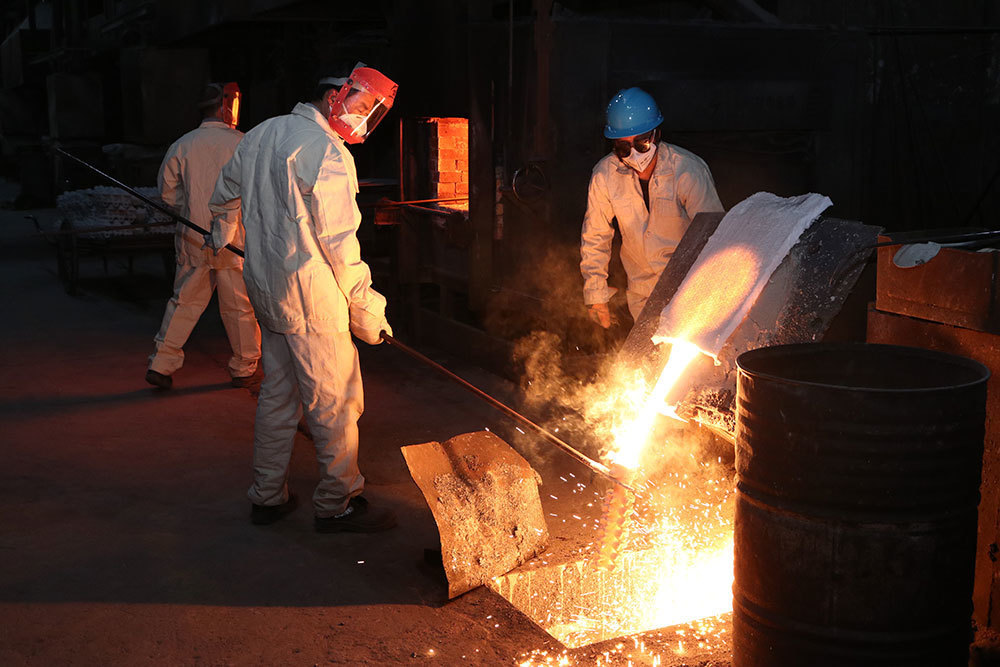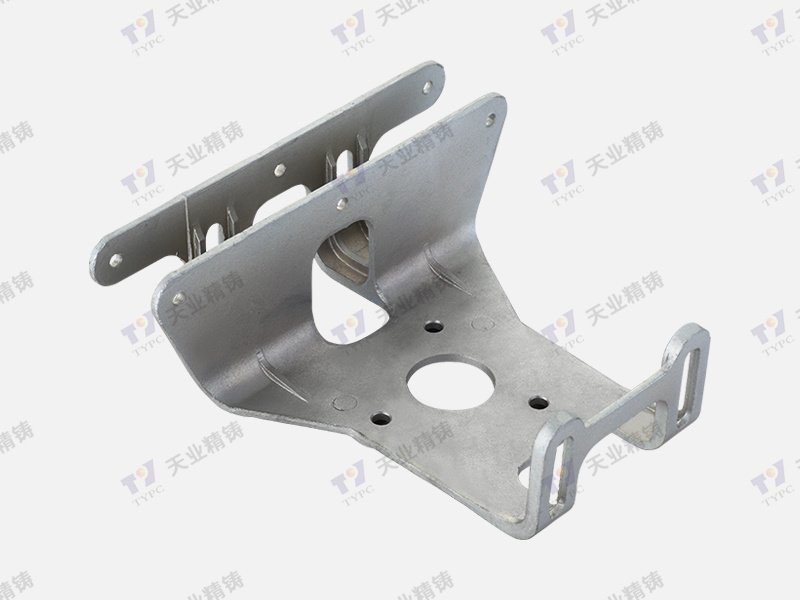2025-04-22
Understanding Stainless Steel Valve Pipe Parts: Essential Insights for Industrial Applications
Stainless steel valve pipe parts are crucial components in the realm of industrial equipment and systems, primarily serving to control the flow of fluids and gases. Their unique properties make them ideal for various applications across diverse sectors, including chemical processing, oil and gas, and water treatment.
One of the prominent characteristics of stainless steel is its exceptional corrosion resistance. This makes stainless steel valve pipe parts particularly advantageous in environments where exposure to harsh chemicals or extreme temperatures is common. The ability to maintain structural integrity under such conditions enhances the longevity and reliability of these components. In addition, stainless steel can withstand high pressures, which is essential for maintaining safety standards in industrial settings.
When discussing stainless steel valve pipe parts, it is important to consider the various types available. Common configurations include ball valves, gate valves, and check valves, each serving distinct functions. Ball valves are known for their quick operation and minimal pressure drop, while gate valves are typically used for on/off control in larger pipelines. Check valves, on the other hand, are designed to prevent backflow, ensuring the safety and efficiency of the system.
The manufacturing process of these parts often involves advanced techniques such as machining, welding, and forging. Precision in manufacturing is vital, as it influences the performance and reliability of the valve components. Additionally, the choice of stainless steel grade can impact the overall effectiveness. For instance, 316 stainless steel is frequently preferred for its superior resistance to pitting and crevice corrosion, especially in marine environments.
Proper maintenance of stainless steel valve pipe parts is also essential for optimal performance. Regular inspections can help identify signs of wear or corrosion early, allowing for timely intervention. Strategies such as cleaning and lubrication can further extend the lifespan of these components. Moreover, understanding the specific application requirements can aid in selecting the appropriate materials and designs, ensuring that the valve parts function efficiently and safely.
In conclusion, stainless steel valve pipe parts play a pivotal role in the functionality of various industrial systems. Their unique properties, coupled with the diverse range of types and manufacturing techniques available, make them indispensable for professionals involved in industrial equipment and components. By understanding these elements, industry experts can make informed decisions that enhance operational efficiency and safety in their applications.
One of the prominent characteristics of stainless steel is its exceptional corrosion resistance. This makes stainless steel valve pipe parts particularly advantageous in environments where exposure to harsh chemicals or extreme temperatures is common. The ability to maintain structural integrity under such conditions enhances the longevity and reliability of these components. In addition, stainless steel can withstand high pressures, which is essential for maintaining safety standards in industrial settings.
When discussing stainless steel valve pipe parts, it is important to consider the various types available. Common configurations include ball valves, gate valves, and check valves, each serving distinct functions. Ball valves are known for their quick operation and minimal pressure drop, while gate valves are typically used for on/off control in larger pipelines. Check valves, on the other hand, are designed to prevent backflow, ensuring the safety and efficiency of the system.
The manufacturing process of these parts often involves advanced techniques such as machining, welding, and forging. Precision in manufacturing is vital, as it influences the performance and reliability of the valve components. Additionally, the choice of stainless steel grade can impact the overall effectiveness. For instance, 316 stainless steel is frequently preferred for its superior resistance to pitting and crevice corrosion, especially in marine environments.
Proper maintenance of stainless steel valve pipe parts is also essential for optimal performance. Regular inspections can help identify signs of wear or corrosion early, allowing for timely intervention. Strategies such as cleaning and lubrication can further extend the lifespan of these components. Moreover, understanding the specific application requirements can aid in selecting the appropriate materials and designs, ensuring that the valve parts function efficiently and safely.
In conclusion, stainless steel valve pipe parts play a pivotal role in the functionality of various industrial systems. Their unique properties, coupled with the diverse range of types and manufacturing techniques available, make them indispensable for professionals involved in industrial equipment and components. By understanding these elements, industry experts can make informed decisions that enhance operational efficiency and safety in their applications.









